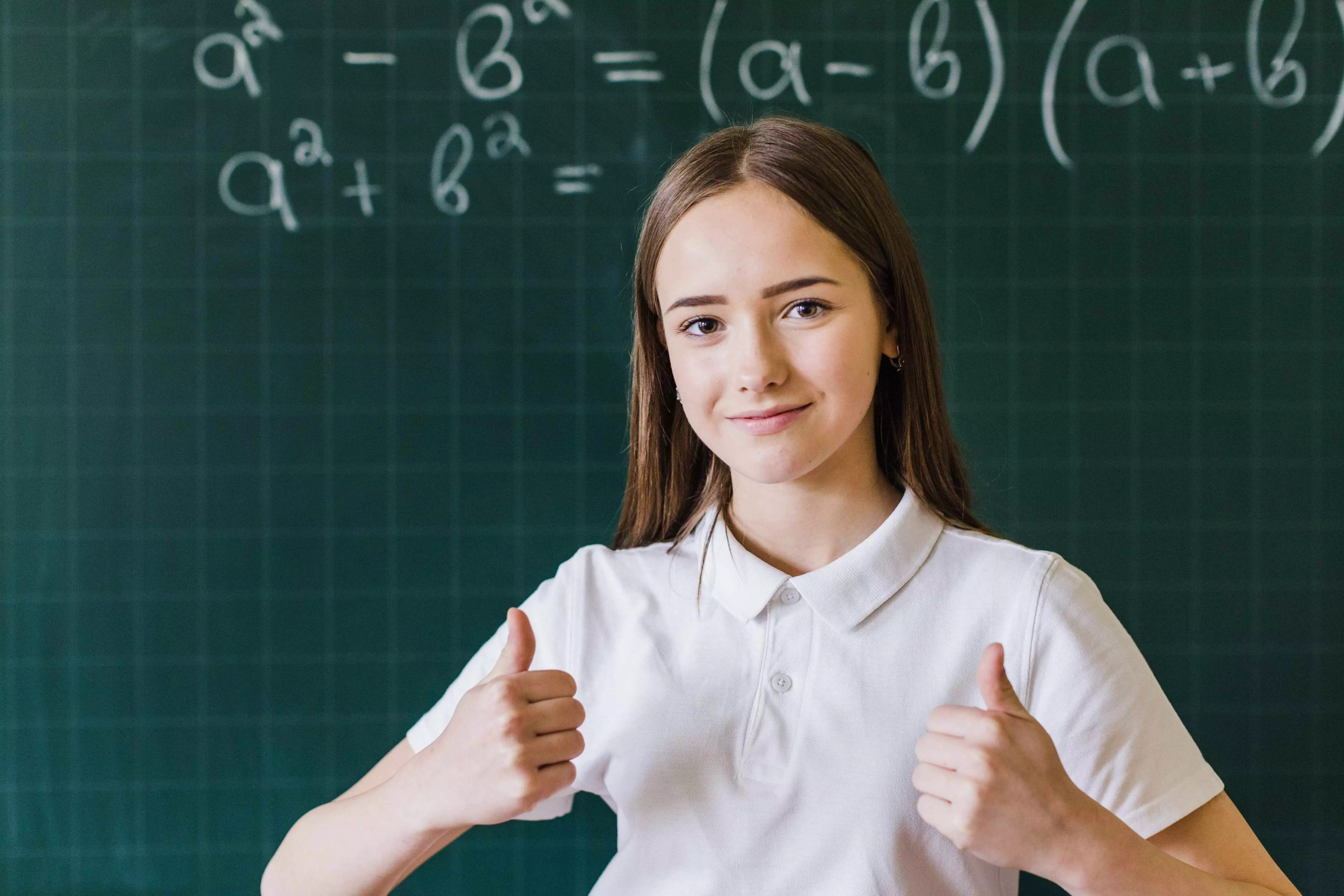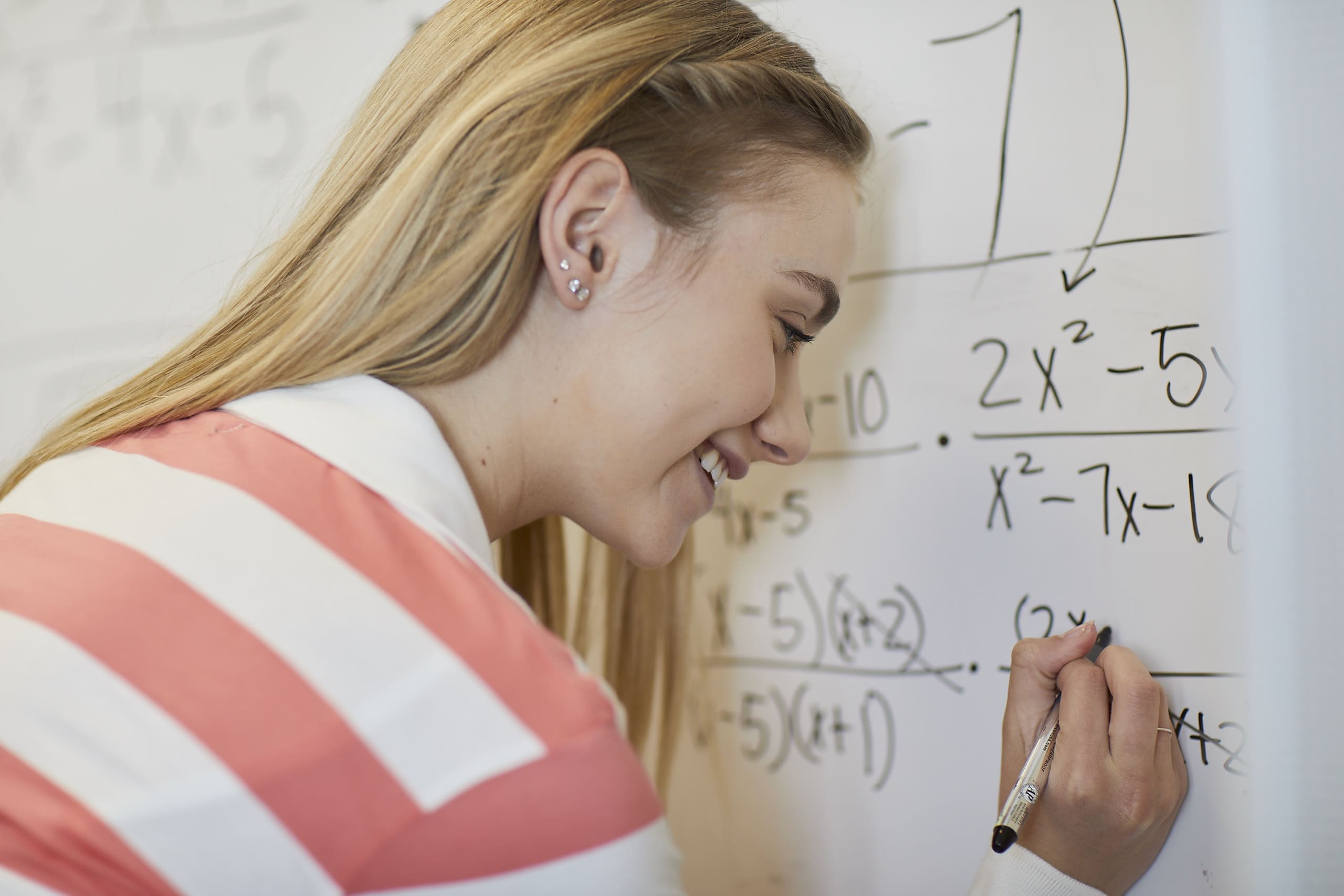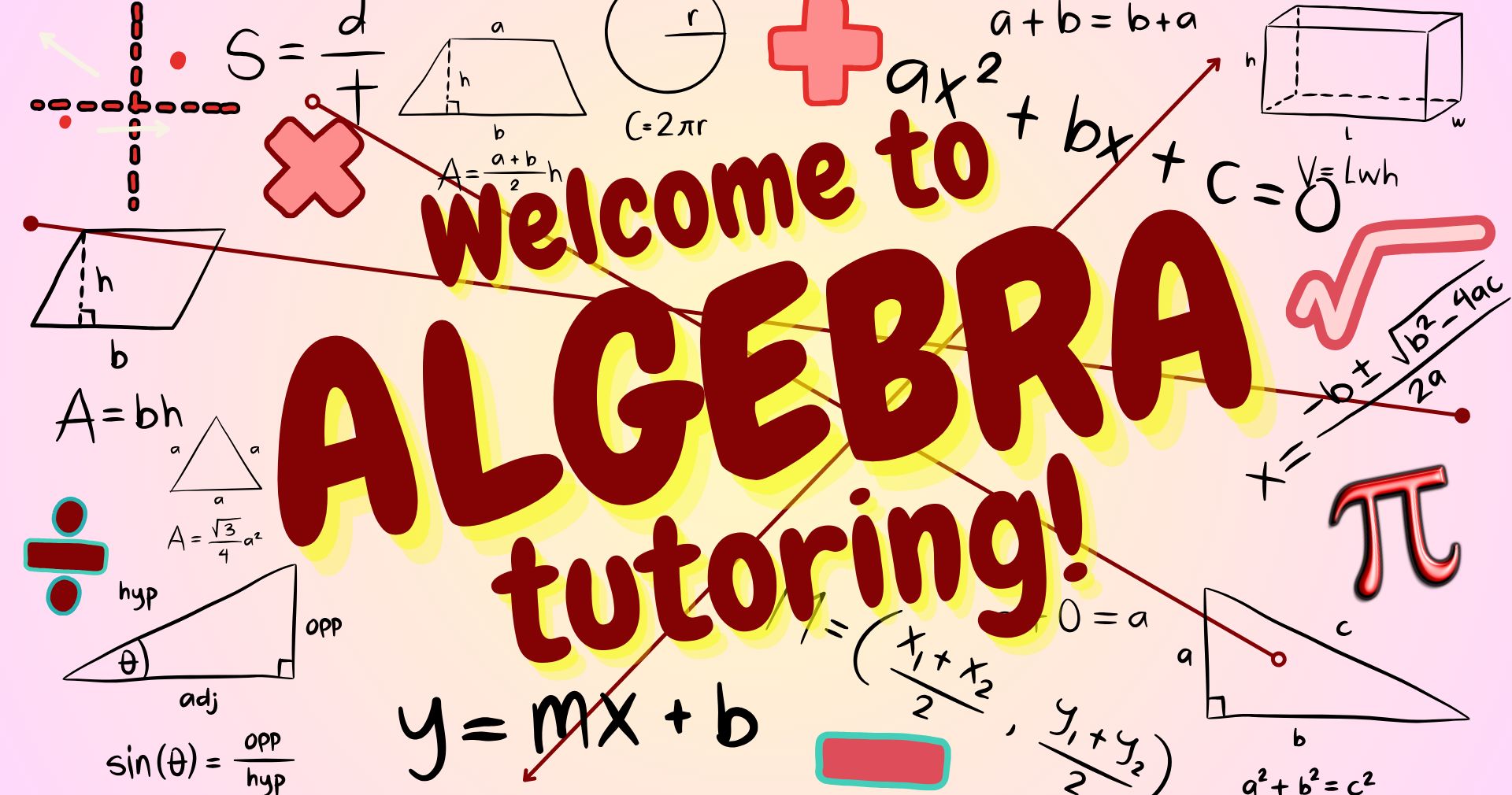Top methods For improving your skills Through algebra 2 tutoring
Wiki Article
The Comprehensive Insurance Coverage of Algebra 2 Tutoring: Trick Ideas and Abilities for Proficiency
Algebra 2 tutoring provides a wide range of essential concepts and abilities essential for pupils to accomplish proficiency in maths. This encompasses a thorough understanding of polynomial functions, complex numbers, and logarithmic formulas, among others. Each subject constructs on the previous one, producing a natural framework for analytic. The application of these principles in real-world scenarios highlights their significance. Yet, there continue to be crucial areas that can further enhance a pupil's mathematical journey.Understanding Polynomial Functions
How do polynomial functions form the landscape of algebra? These essential expressions, including variables raised to non-negative integer powers, act as the foundation of numerous algebraic principles. They can be identified by their degree, which suggests the greatest power of the variable, and their coefficients, which identify the feature's behavior. Polynomial features exhibit distinct buildings, such as continuity and smoothness, permitting them to design a range of real-world circumstances. Their visual depictions include curves that can demonstrate different habits, consisting of intercepts and transforming factors. Comprehending polynomial features entails mastering procedures such as addition, subtraction, division, and reproduction, as well as factoring techniques. This fundamental understanding is essential for solving inequalities and formulas. By realizing polynomial functions, students create critical problem-solving skills and acquire insight right into extra complicated mathematical concepts, leading the way for innovative research studies in algebra and beyond.Understanding Complicated Numbers

Meaning and Feature
Intricate numbers, a foundation of advanced algebra, expand the concept of one-dimensional number lines to a two-dimensional aircraft. Defined as varieties of the form (a + bi ), where (a) and (b) are actual numbers and (i) represents the fictional unit with the home (i ^ 2 = -1 ), these numbers have special residential properties. The genuine part (a) suggests the horizontal axis, while the fictional part (b) indicates the upright axis in the complex plane. Key homes include their capability to represent solutions to polynomial formulas that do not have genuine services and their closure under enhancement, reduction, division, and reproduction (other than by zero) This structure permits for a much deeper understanding of mathematical concepts and applications across different areas.Operations With Complex Numbers
Workflow with complicated numbers develop an important facet of algebra that boosts mathematical understanding and problem-solving abilities. Complicated numbers, shared in the form (a + bi), where (a) and (b) are real numbers, need certain operations like addition, department, multiplication, and subtraction.Enhancement and subtraction entail combining like terms, while multiplication utilizes the distributive residential property and the reality that (i ^ 2 = -1) Department of complex numbers necessitates multiplying the numerator and common denominator by the conjugate to eliminate the imaginary component in the . advanced algebra.
These procedures not just reinforce fundamental algebra abilities yet also prepare students for more sophisticated topics, such as polynomial equations and quadratic features. Proficiency of intricate number procedures outfits students with crucial analytical devices.
Discovering Logarithmic Formulas
In the research of logarithmic equations, comprehending the homes of logarithms is essential for effective problem-solving. These buildings provide the foundational tools required to adjust and streamline logarithmic expressions. By understanding these principles, pupils can confidently take on a range of logarithmic formulas.Understanding Logarithm Characteristics
Logarithm buildings play a vital role in streamlining and solving logarithmic formulas, offering an organized approach to comprehending their behavior. These residential properties include the quotient, power, and item policies. The item guideline mentions that the logarithm of a product is the amount of the logarithms of its elements. Alternatively, the quotient policy indicates that the logarithm of a ratio is the difference of the logarithms. The power rule discloses that the logarithm of a number increased to an exponent can be expressed as the backer multiplied by the logarithm of the base. Proficiency of these buildings improves one's capability to adjust logarithmic expressions, supplying a structure for dealing with much more complex equations and features come across in innovative algebra.Fixing Logarithmic Equations
Exactly how can one properly fix logarithmic equations? To take on these equations, it is essential to use properties of logarithms. First, one must consolidate logarithmic expressions using the ratio, item, and power rules. This simplification frequently transforms the equation right into an extra convenient type. Next, converting logarithmic equations to their rapid kind see it here can disclose the unidentified variable. The equation (log_b(x) = y) translates to (x = b ^ y ) In addition, examining options is necessary to assure they do not generate nonessential outcomes, especially when taking care of logarithms. By methodically using these methods, individuals can with confidence browse and resolve logarithmic equations, boosting their general understanding and mastery of this mathematical principle.Assessing Sequences and Collection
Sequences and series may originally show up facility, they are basic principles in algebra that disclose patterns and partnerships within numbers. A sequence is a listing of numbers prepared in a specific order, typically defined more by a formula or guideline. Understanding the kinds of series, such as arithmetic and geometric series, allows pupils to identify the underlying patterns properly.On the other hand, a collection is the sum of the regards to a series. Analyzing series entails recognizing limited and infinite series, along with computing their sums when applicable. Pupils discover crucial methods, such as using formulas for the sum of arithmetic and geometric series, which enhance calculations.
Understanding series and collection equips trainees with important analytical abilities, enabling them to tackle a lot more intricate mathematical concepts. This foundation is essential for their continued success in algebra and higher-level maths.
Solving Sensible Expressions and Equations

When addressing rational formulas, one need to isolate the variable, usually by cross-multiplying to get rid of the portions. It is essential to look for peripheral services, as multiplying both sides can introduce worths that do not satisfy the original equation. Furthermore, trainees need to be mindful of constraints on the variable, as specific values can make the denominator zero, rendering the expression undefined.
Grasping Conic Sections
Conic sections are geometric figures stemmed from the junction of an aircraft and a dual cone. These areas include circles, ellipses, parabolas, and hyperbolas, each distinguished by one-of-a-kind residential properties and formulas. Comprehending conic areas is vital for trainees as they explore the connections in between algebra and geometry.
Circles are defined by a constant range from a facility point, while ellipses result from a plane cutting via both cones, creating a shut contour. Parabolas develop from an airplane parallel to the axis of the cone, portraying a U-shaped graph. Hyperbolas, on the other hand, occur when the airplane cuts in half both intersects of the cone, resulting in 2 distinctive, open curves.
In Algebra 2, grasping conic sections entails identifying their basic equations, graphing them accurately, and identifying their key features, such as foci, axes, and vertices. This foundational understanding prepares pupils for advanced mathematical principles.
Applying Features and Graphs
Graphs and functions act as basic tools in Algebra 2, enabling pupils to design partnerships between variables and picture mathematical principles. Proficiency of these elements permits students to interpret data, determine trends, and make forecasts based on recognized patterns. Trainees discover various kinds of functions, consisting of straight, quadratic, polynomial, rational, and exponential, each with unique features and applications.Graphing these functions entails comprehending key functions such as asymptotes, slopes, and intercepts, which provide insights right into their habits. In addition, students learn to transform features via stretches, representations, and shifts, boosting their ability to control and analyze visual representations.
Using features in real-world contexts further solidifies understanding, as pupils tackle problems including profit margins, populace development, and physics formulas. This practical application bridges theoretical understanding with concrete end results, cultivating a deeper appreciation for the relevance of functions and graphs in day-to-day life.
Regularly Asked Concerns
How Can I Boost My Problem-Solving Skills in Algebra 2?
To boost analytical abilities in Algebra 2, one ought to exercise consistently, look for diverse problems, use online resources, work together with peers, and concentrate on understanding underlying concepts instead of remembering procedures, cultivating much deeper understanding and application.What Resources Are Suggested for Additional Algebra 2 Technique?
Recommended resources for extra webpage Algebra 2 practice include online platforms like Khan Academy, books with method problems, and tutoring solutions. Taking part in math online forums can also offer varied analytic strategies and collaborative discovering chances.Are There Online Tutoring Options Available for Algebra 2?
Yes, countless online tutoring options exist for Algebra 2 (algebra 2 help). Platforms like Khan Academy, Chegg Tutors, and Wyzant offer individualized assistance, video lessons, and interactive exercises, satisfying different finding out designs and timetables for pupils looking for assistanceJust how Do I Get ready for Algebra 2 Exams Properly?
To prepare efficiently for Algebra 2 tests, one must review crucial concepts, method problems consistently, use online resources, create study hall, and take method tests to recognize staminas and weaknesses for targeted enhancement.
What Are Common Misconceptions Pupils Have in Algebra 2?
Trainees commonly misinterpret the value of fundamental concepts, thinking they can avoid prerequisites. They might additionally battle with abstract reasoning, confusing features with formulas, and misunderstanding the function of variables in algebraic expressions.Mastering complex numbers is essential for students in Algebra 2, as these numbers extend the actual number system to address equations that lack real remedies. These procedures not just reinforce fundamental algebra skills but additionally prepare trainees for more sophisticated topics, such as quadratic features and polynomial formulas. Reasonable expressions and equations stand for vital elements of algebra, entailing portions where the numerator and denominator are polynomials. In Algebra 2, grasping conic areas involves recognizing their typical equations, graphing them precisely, and determining their vital features, such as vertices, axes, and emphases. Using functions in real-world contexts even more solidifies understanding, as pupils deal with troubles entailing profit margins, population development, and physics formulas.
Report this wiki page